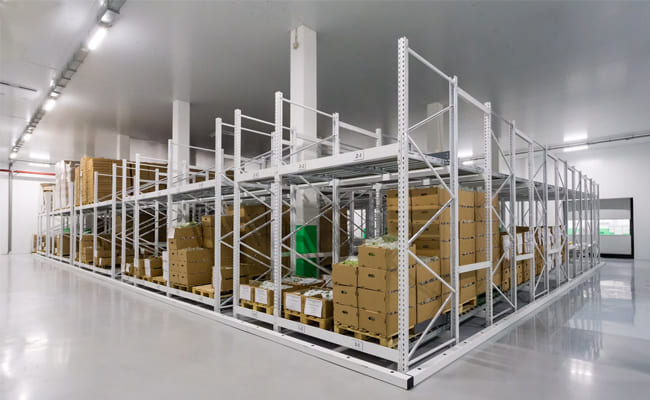Call Us :8615298359310
Call Us :8615298359310
Introduction
When adoption of WMS Warehouse Management Systems has become viral.
For businesses contemplating the implementation of a WMS, the primary concern often revolves around Return on Investment (ROI).
This article explores the estimation of WMS ROI via TCO and provides insights into how businesses can maximize returns through informed financial practices.
The Role of TCO in WMS ROI Analysis
Total Cost of Ownership (TCO) is a financial practice that provides a holistic view of all costs associated with an investment over its entire lifecycle. In the context of WMS, TCO encompasses not only the initial purchase and implementation costs but also ongoing expenses such as maintenance, support, and operational overhead.

WMS expenditures are involving:
Initial Investment: This includes the upfront costs associated with WMS software licensing, hardware procurement, implementation services, and training.
Operational Costs: These encompass ongoing expenses such as software maintenance fees, system upgrades, technical support, and user training.
Infrastructure Costs: Infrastructure-related expenses, including hardware maintenance, server hosting, network connectivity, and data storage, are essential considerations in the TCO analysis.
Labor Costs: The allocation of personnel resources for system administration, user support, and system customization contributes significantly to the overall TCO of a WMS.
Downtime and Disruption Costs: Unplanned downtime, system disruptions, and associated productivity losses can have a substantial impact on the TCO of a WMS implementation.

Techniques for improve ROI:
By leveraging analysis, businesses can identify opportunities to optimize WMS procurement and maximize ROI. Some strategies for maximizing ROI include:
1. Vendor Evaluation: Thoroughly assess potential WMS vendors based on their pricing structure, ongoing support offerings, and track record of delivering value to customers.
2. Lifecycle Planning: Develop a comprehensive lifecycle plan that accounts for ongoing maintenance, upgrades, and scalability requirements to minimize TCO over time.
3. Performance Monitoring: Implement robust performance monitoring mechanisms to identify and address inefficiencies that may contribute to increased TCO and reduced ROI.
4. Continuous Improvement: Embrace a culture of continuous improvement by soliciting feedback from end-users, monitoring industry trends, and proactively addressing emerging challenges to enhance WMS Systems efficiency and effectiveness.
In the dynamic landscape of modern logistics, estimating and optimizing the ROI of WMS investments is paramount for business success. By analysis, organizations can gain insights into the financial implications of WMS implementations and make informed decisions. By adopting a proactive approach to financial management and embracing best practices in WMS procurement and optimization, businesses can maximize returns and maintain a competitive edge in today's evolving marketplace.
Copyright © 2024 Jiangsu VISON Logistics Technology Co., Ltd. All Rights Reserved.  Network Supported
Network Supported
Sitemap | Blog | Xml | Privacy Policy